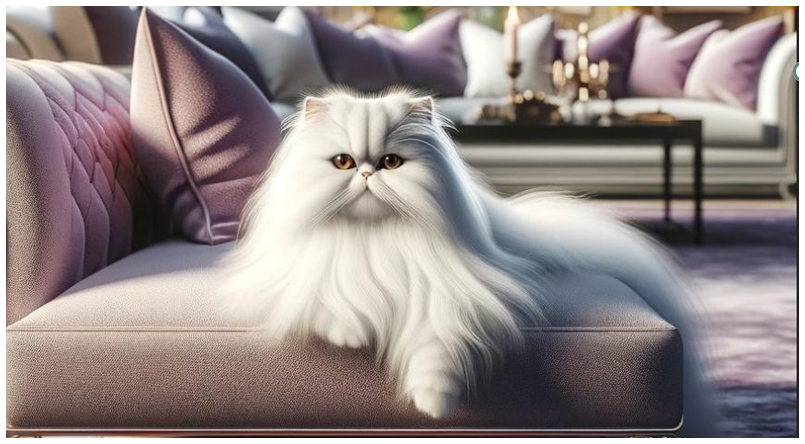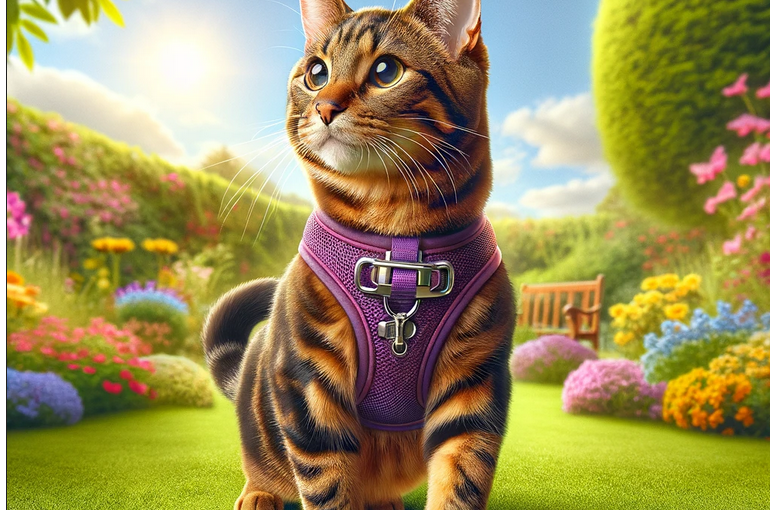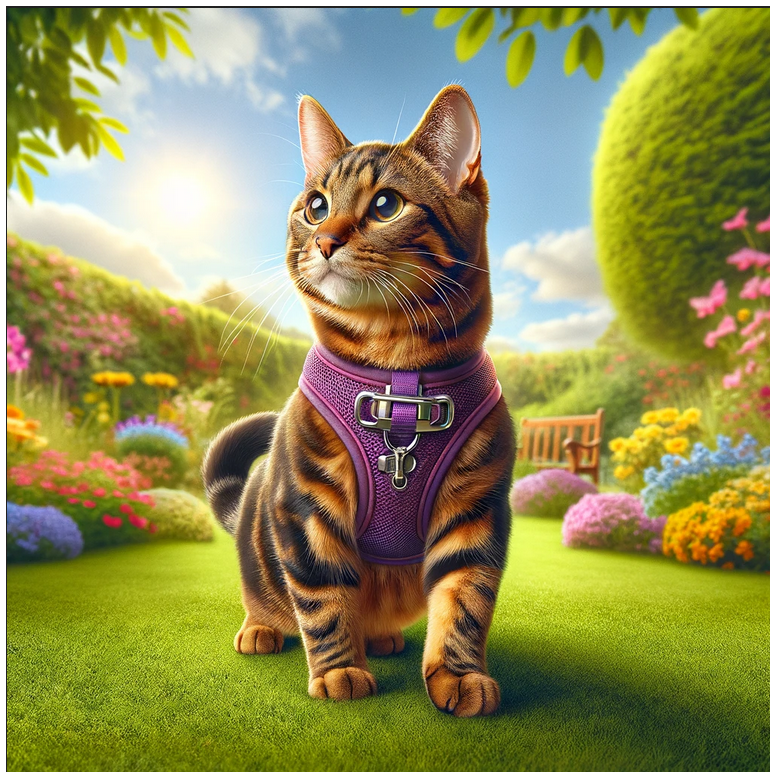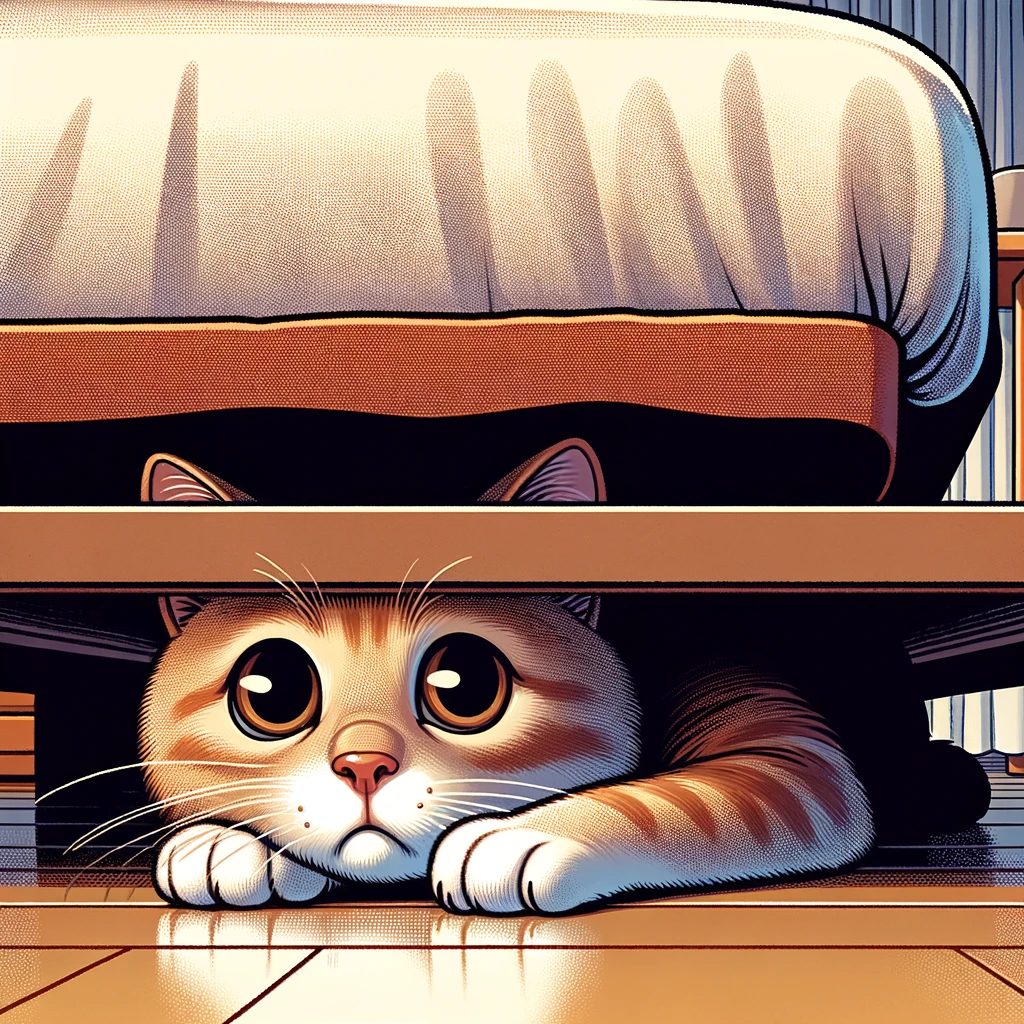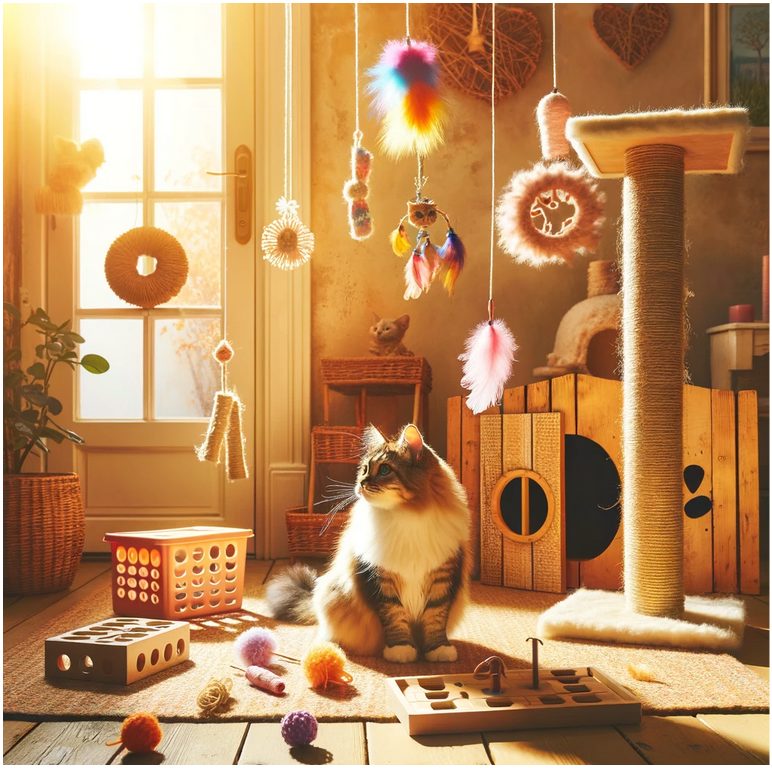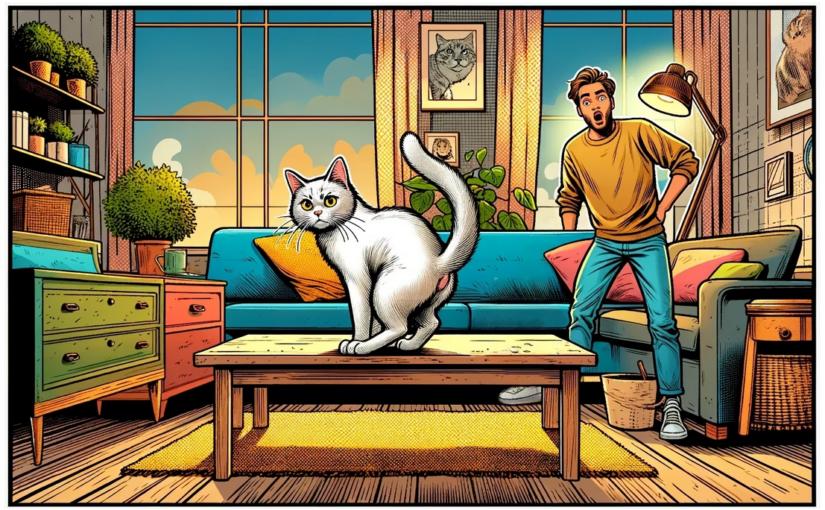Welcome to our in-depth exploration of the Persian cat, a breed synonymous with luxury and grace. Known for their long, flowing coats and sweet, serene dispositions, Persian cats have captivated the hearts of cat lovers worldwide. In this blog post, we’ll look at the origins, temperament, health challenges, lifespan, and recognition by U.S. cat associations of this beloved breed.

Origins of the Persian Cat
The Persian cat’s roots are shrouded in mystery, with tales of their ancestors being transported from Persia (modern-day Iran) to Italy in the 1600s by an Italian nobleman, Pietro della Valle. This exotic origin story contributes to their allure, making “Persian cat” a term that evokes images of opulence and history. These cats were later bred with Turkish Angora cats, refining their features to the luxurious felines we adore today.
The Temperament of Persian Cats
Persian cats are often described as gentle, serene, and loving. They form deep bonds with their families, preferring a calm environment where they can lounge and be adored. Their docile nature makes them excellent companions, though they do require attention and affection from their human counterparts. Persian cats are not as vocal as some other breeds, but they communicate effectively with their expressive eyes and subtle body language.
Health Challenges and Lifespan
While Persian cats are a delight, they come with their share of health challenges, primarily due to their distinctive facial structure. They are prone to brachycephalic syndrome, which can lead to breathing difficulties. Additionally, their long coats require regular grooming to prevent mats and tangles. Other health issues include polycystic kidney disease (PKD), heart conditions, and eye problems such as progressive retinal atrophy. With proper care, the lifespan of a Persian cat can range from 12 to 17 years, allowing for many years of companionship.
Essential Grooming Requirements for Healthy Persian Cats
Grooming is not just about maintaining the aesthetic appeal of your Persian cat; it’s a crucial aspect of their overall health and well-being. The luxurious coat of a Persian cat requires regular attention to keep it in pristine condition and to prevent potential health issues. Here’s what you need to know about Persian cat grooming:
Daily Brushing
The long, dense fur of Persian cats can easily become tangled and matted. Daily brushing with a high-quality cat brush helps remove loose hair, dirt, and prevents the formation of mats. This not only keeps your cat’s coat shiny and healthy but also reduces the amount of hair ingested during self-grooming, minimizing hairball formation.
Eye Care
Persian cats are known for their beautiful, expressive eyes, which can be prone to tear staining due to their brachycephalic (flat-faced) facial structure. Daily wiping with a soft, damp cloth or a pet-safe eye wipe can help prevent stain buildup and keep their eyes clean.
Bathing
While not a daily requirement, regular bathing (every 4-6 weeks) is beneficial for Persian cats. Bathing helps keep their coat clean, reduces oil buildup, and can be a bonding experience for you and your cat. Always use a cat-specific shampoo and ensure the water temperature is comfortable.
Nail Trimming and Ear Cleaning
Regular nail trimming prevents your Persian cat from getting their claws stuck in fabrics, which can lead to injury. Additionally, check and clean their ears regularly to prevent wax buildup and infections. Use a vet-recommended ear cleaner and avoid inserting anything into the ear canal.
Professional Grooming
Even with regular home grooming, occasional visits to a professional groomer can be beneficial. Professional groomers are skilled in handling Persian cats and can provide services like thorough bathing, haircuts (especially useful during warmer months), and deep ear cleaning.
Health Check During Grooming
Grooming sessions are an excellent opportunity to check for signs of health issues, such as skin problems, lumps, or parasites. Early detection can lead to quicker treatment and a healthier, happier cat.
Creating a Positive Grooming Experience
Introduce grooming routines to your Persian cat gradually and with positive reinforcement. Treats, gentle petting, and soothing words can help make grooming a positive experience, reducing stress for both you and your cat.
Regular grooming is indispensable for maintaining the health and happiness of your Persian cat. It not only keeps them looking their best but also provides a great opportunity for bonding. Remember, a well-groomed Persian is a healthy and happy Persian. Ensure you’re equipped with the right tools and knowledge to provide the best care for your luxurious feline friend.
Understanding the Costs: Bloodlines, Quality, and Age
The cost of a Persian cat can vary widely based on several factors, including bloodlines, whether the cat is of pet or show quality, and the age of the cat.
Bloodlines and Quality
- Show Quality: Persian cats with a lineage of championship titles are considered show quality and can cost significantly more, ranging from $1,500 to $5,000 or more.
- Pet Quality: Cats that are meant for companionship rather than show can be less expensive, typically ranging from $600 to $1,800. These cats are just as healthy and lovable but may not strictly adhere to the breed’s show standards.
Kittens vs. Adults
- Kittens: Generally, kittens are more expensive due to their higher demand. Prices vary based on the breeder, quality, and geographic location.
- Adults: Adult Persians, especially those retired from breeding or show, can sometimes be adopted for a lower cost and still make wonderful pets.
Well-Recognized U.S. Breeders
- Fancy Persian: Known for their beautiful, high-quality kittens, this breeder focuses on health and temperament.
- Persian By LaMar: A breeder specializing in Solid and Bi Color Persians. Black, White, Blues. They offer both CFA and TICA registrations.
- Inaras: Specializing in rare Silver Chinchilla, Golden, and Blue Golden Persians. They prioritize for health and temperament and select for baby doll personality, rare traits, luxurious coats, striking eye-liner, nose-liner, and lip-liner.
Persian Cat Rescue Associations
For those interested in adopting a Persian cat, breed rescue associations are a valuable resource. These organizations often have adult cats and sometimes kittens available for adoption:
- Persian and Himalayan Cat Rescue: Dedicated to rescuing and rehoming Persian and Himalayan cats.
- Purebred Cat Rescue: A broader rescue organization that often has Persians among their rescues.
Adopting from a rescue can be a rewarding way to find a Persian cat in need of a loving home, often at a lower cost than purchasing a kitten from a breeder.
Recognition by U.S. Cat Associations
The Persian cat is widely recognized by all major U.S. cat associations, including:
- The Cat Fanciers’ Association (CFA): The CFA, one of the largest and most prestigious cat organizations, offers a detailed breed standard for Persians, emphasizing their round heads, large eyes, and luxurious coat.
- The International Cat Association (TICA): TICA also recognizes Persians, known for their sweet expressions and dense coat. They provide guidelines that describe the ideal Persian temperament and physical traits.
- American Cat Fanciers Association (ACFA): The ACFA lists Persians among their recognized breeds, appreciating their gentle nature and physical beauty.
Conclusion
The Persian cat, with its elegant demeanor and plush coat, remains a symbol of feline beauty and grace. Understanding their origins, temperament, and health needs, along with their recognition by cat associations, provides potential owners with the knowledge needed to ensure these majestic cats live long, healthy lives. If you’re considering adding a Persian cat to your family, remember they require not just love, but also dedication to their grooming and health care needs.
We hope this guide has provided you with valuable insights into the world of Persian cats. Their timeless appeal, combined with their affectionate nature, makes them a cherished breed among cat enthusiasts. Whether you’re a seasoned Persian cat owner or contemplating welcoming one into your home, understanding these facets of their existence will help you care for your luxurious feline friend in the best way possible.

